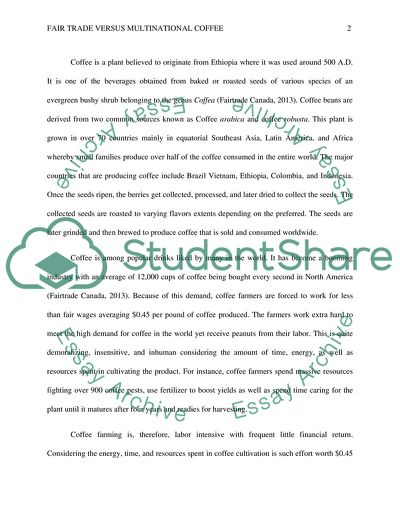Cite this document
(Fair Trade versus Multinational Coffee Essay Example | Topics and Well Written Essays - 1250 words, n.d.)
Fair Trade versus Multinational Coffee Essay Example | Topics and Well Written Essays - 1250 words. https://studentshare.org/geography/1819732-fair-trade-versus-multinational-coffee
Fair Trade versus Multinational Coffee Essay Example | Topics and Well Written Essays - 1250 words. https://studentshare.org/geography/1819732-fair-trade-versus-multinational-coffee
(Fair Trade Versus Multinational Coffee Essay Example | Topics and Well Written Essays - 1250 Words)
Fair Trade Versus Multinational Coffee Essay Example | Topics and Well Written Essays - 1250 Words. https://studentshare.org/geography/1819732-fair-trade-versus-multinational-coffee.
Fair Trade Versus Multinational Coffee Essay Example | Topics and Well Written Essays - 1250 Words. https://studentshare.org/geography/1819732-fair-trade-versus-multinational-coffee.
“Fair Trade Versus Multinational Coffee Essay Example | Topics and Well Written Essays - 1250 Words”. https://studentshare.org/geography/1819732-fair-trade-versus-multinational-coffee.


